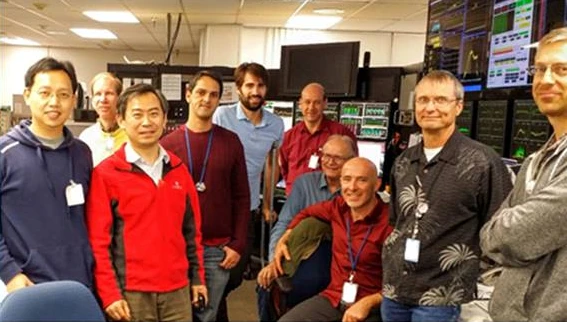An experiment in a compact Tokamak reactor has successfully tackled two major challenges in nuclear fusion, marking a significant advance towards practical fusion power. Although it’s unclear if these methods will work in larger reactors, the results are promising.
New Success in Fusion Experiment Overcomes Two Fusion Barriers
The experiment achieved a higher plasma density without losing containment—a critical step for optimal power production. Traditionally, increasing plasma density beyond a certain point risked loss of control and potential damage to the reactor due to the Greenwald limit.
However, Siye Ding and his team at General Atomics in San Diego have demonstrated that it’s possible to maintain stable, denser plasma for 2.2 seconds, 20 percent above the usual limit.

Stable and Efficient Plasma Containment
The key to this experiment’s success was achieving an H98(y,2) value over 1, indicating effective plasma containment. “You’re now starting to show some sort of stable operation where you can consistently be in the sweet spot,” stated Gianluca Sarri from Queen’s University, Belfast. This stability suggests that similar results could lead to significant power production in larger reactors.
The experiment used a combination of techniques, including controlling plasma density at the core while reducing it near the edges to prevent escape. Deuterium gas was also introduced to manage reactions within the plasma.
While the DIII-D tokamak reactor used in the experiment has an outside radius of only 1.6 meters, there is hope that these techniques could apply to the larger ITER tokamak being built in France.

Challenges and Adaptations
Sarri notes that managing plasma behavior is complex and sensitive to even small changes. “These plasmas are very complicated,” he explained, highlighting the trial-and-error nature of current research.
Ding is optimistic about the implications of their findings for future reactor designs, which require both high confinement and density.
More To Discover
“Experimentally, this is the first time it is realized,” he said. The next steps involve significant investment as research branches into various directions.
While the path to a commercial fusion reactor is still long, with expectations set for beyond the next decade, these developments represent important strides in the field of nuclear fusion.




















